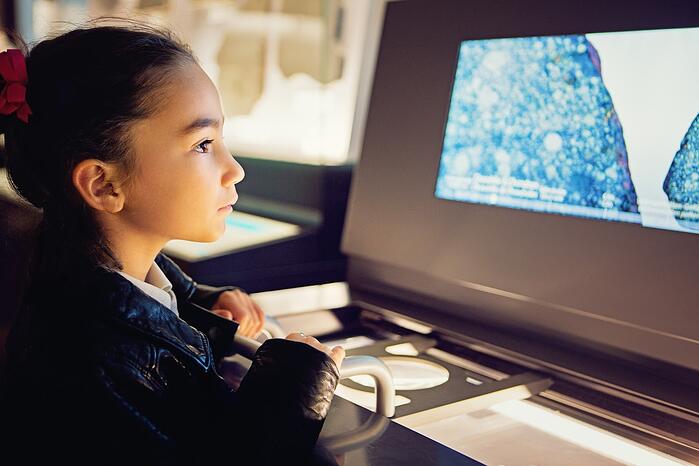Most modern museums are examples of state-of-the-art technology. The primary goal is to interest the public and then provide them a unique experience. Ideally, you can entertain and educate at the same time, then ignite some lasting desire to learn about your museum’s subject matter.
Museums don’t just preserve art, history, and science, they share it with the public. History museums recreate scenes. Science museums show experiments in action. But the work of art your guests interact with is the map.
Your Museum Map
Museums traditionally have an artfully drawn or clearly illustrated 2D map to help visitors find their way from one display to the next. Many come to see a specific exhibit and some only have time for a few purposeful destinations. Most Museum maps direct visitors on how to plug into your audio or digital tours. The museum map is a key element to a satisfied visitor experience, do not waste your money on building a better 2D map, you have every reason to upgrade your map experience.
There are many ways your museum can benefit from the services of 3D rendering taken of your venue. Guest navigation is only the beginning of what Concept3D can offer you.
The Scientific Value
First, consider the scientific value of having a fully accurate 3D rendering of your venue available. This can be preserved as a digital file forever as both a historical record of what your museum is like today. Put a copy in your archives, then apply the model to anything that can benefit. In the future, if you decide to rebuild it, then you know exactly where everything goes.
If you are worried about rendering your secured areas, our maps have a private setting for only internal use. Consider how you would represent this space for visitors or service personnel who need to find their way around.
Digitizing Your Exhibits
Building onto your venue map is the ability to digitally represent your exhibits. Through 3D rendering, you have an opportunity to preserve the unique exhibit arrangement created in your museum. Having a digitized map of your exhibit can help you know how much space you for features of your exhibit.
You can use digital renderings of your exhibits for your visitor map applications. On both a mobile app and web portals, you can create digital experiences or use your most iconic pieces to guide visitors from display to display.

Providing Digital Tour Experiences
Finally, one thing that museums have been perfecting in recent decades is digital experiences of the venue and specific exhibits. You can create a virtual tour for people who are hospitalized, bed-ridden, or simply have no travel opportunities. Can sit in front of a computer screen or, these days, put on a VR helmet and walk the museum halls. You can bring your experience to them, all in the comfort and safety of their bed.
Museums put a lot into recreating each exhibit and effort into building it. Getting a 3D rendering of your facility can allow you to easily create a complete backdrop for many 3D tour experiences. An interactive map can give your customers a better looking and more efficient way to get around. Using a virtual tour to not only market your museum, but to bring it to people that would not normally be able to visit. Contact Concept3D for a demo today!

